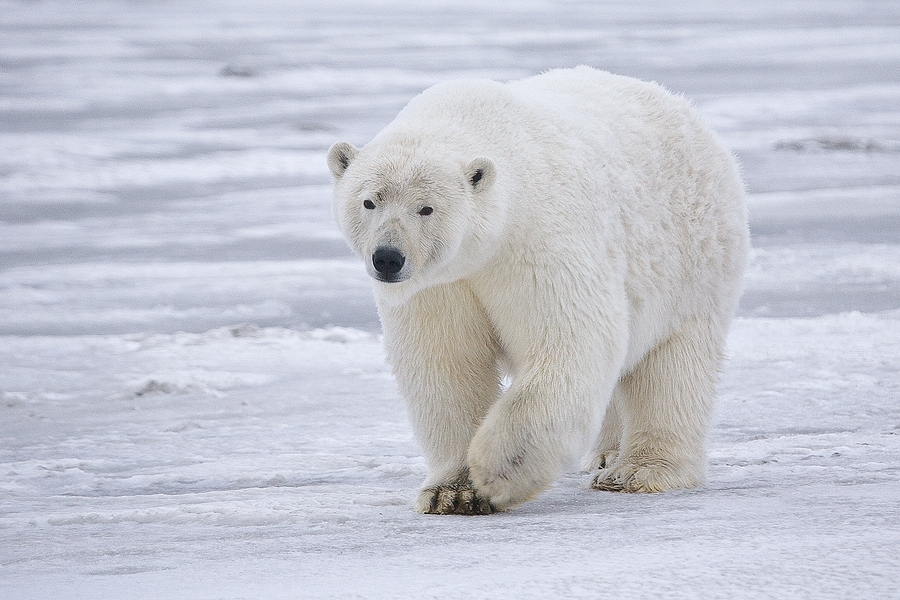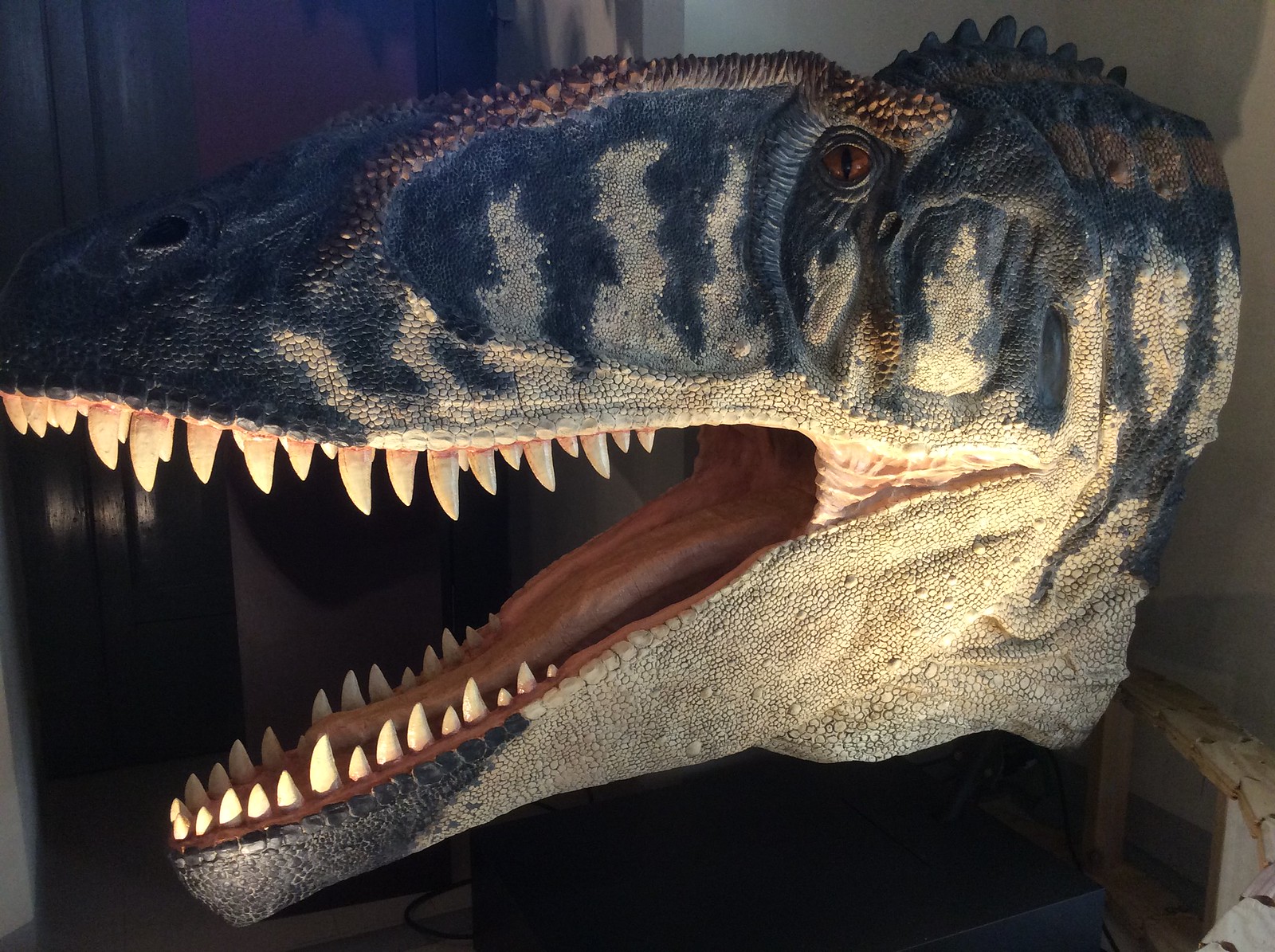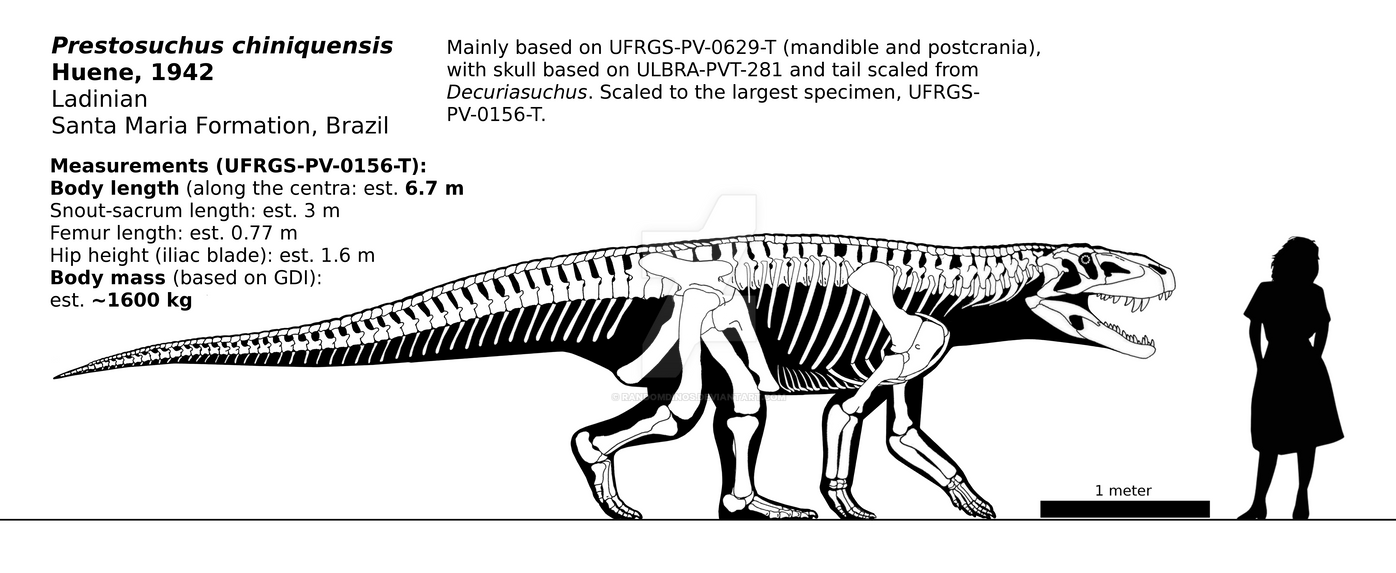Post by Infinity Blade on Apr 5, 2014 1:47:37 GMT 5
Polar Bear-Ursus maritimus
The polar bear (Ursus maritimus) is a carnivorous bear whose native range lies largely within the Arctic Circle, encompassing the Arctic Ocean, its surrounding seas and surrounding land masses. It is a large bear, approximately the same size as the omnivorous Kodiak bear (Ursus arctos middendorffi). A boar (adult male) weighs around 350–700 kg (770–1,540 lb), while a sow (adult female) is about half that size. Although it is the sister species of the brown bear, it has evolved to occupy a narrower ecological niche, with many body characteristics adapted for cold temperatures, for moving across snow, ice, and open water, and for hunting the seals which make up most of its diet. Although most polar bears are born on land, they spend most of their time at sea. Their scientific name means "maritime bear", and derives from this fact. Polar bears hunt their preferred food of seals from the edge of sea ice, often living off fat reserves when no sea ice is present. The polar bear is classified as a vulnerable species, with eight of the nineteen polar bear subpopulations in decline. For decades, large scale hunting raised international concern for the future of the species but populations rebounded after controls and quotas began to take effect. For thousands of years, the polar bear has been a key figure in the material, spiritual, and cultural life of Arctic indigenous peoples, and polar bears remain important in their cultures.

Prestosuchus chiniquensis
Prestosuchus is an extinct genus of pseudosuchian in the family Prestosuchidae. Its close relatives include Saurosuchus and Postosuchus. Like other related prestosuchids, Prestosuchus had a deep skull and serrated teeth. Prestosuchus lived during the Late Triassic in what is now Brazil. It reached lengths of nearly 5 metres. While it resembled a dinosaur in having a large body and upright posture it was actually a rauisuchian archosaur more closely related to modern crocodilians. Prestosuchus walked on four legs like crocodilians, but unlike crocodilians it had an upright semi-erect stance with limb bones placed below the hips. In 2013, a study of the structure of its hind limb bones inferred that Prestosuchus chiniquensis had 13 leg muscle groups in common with both crocodilians and birds (which together make up the two living groups of archosaurs) but only two muscle groups in common with only crocodilians, indicating that the musculature of Prestosuchus better represents a basal ("primitive") condition for archosaurs than it does a derived condition for crocodile-line or pseudosuchian archosaurs. The leg musculature of Prestosuchus was also compared to that of Poposaurus, a Triassic pseudosuchian that walked on two legs. While the strongest leg muscles of Poposaurus are thought to drive the forward and backward motion of the leg necessary for bipedal movement, the strongest leg muscles of Prestosuchus were responsible for the rotation of the limb, which is an indication of quadrupedal movement.

The polar bear (Ursus maritimus) is a carnivorous bear whose native range lies largely within the Arctic Circle, encompassing the Arctic Ocean, its surrounding seas and surrounding land masses. It is a large bear, approximately the same size as the omnivorous Kodiak bear (Ursus arctos middendorffi). A boar (adult male) weighs around 350–700 kg (770–1,540 lb), while a sow (adult female) is about half that size. Although it is the sister species of the brown bear, it has evolved to occupy a narrower ecological niche, with many body characteristics adapted for cold temperatures, for moving across snow, ice, and open water, and for hunting the seals which make up most of its diet. Although most polar bears are born on land, they spend most of their time at sea. Their scientific name means "maritime bear", and derives from this fact. Polar bears hunt their preferred food of seals from the edge of sea ice, often living off fat reserves when no sea ice is present. The polar bear is classified as a vulnerable species, with eight of the nineteen polar bear subpopulations in decline. For decades, large scale hunting raised international concern for the future of the species but populations rebounded after controls and quotas began to take effect. For thousands of years, the polar bear has been a key figure in the material, spiritual, and cultural life of Arctic indigenous peoples, and polar bears remain important in their cultures.

Prestosuchus chiniquensis
Prestosuchus is an extinct genus of pseudosuchian in the family Prestosuchidae. Its close relatives include Saurosuchus and Postosuchus. Like other related prestosuchids, Prestosuchus had a deep skull and serrated teeth. Prestosuchus lived during the Late Triassic in what is now Brazil. It reached lengths of nearly 5 metres. While it resembled a dinosaur in having a large body and upright posture it was actually a rauisuchian archosaur more closely related to modern crocodilians. Prestosuchus walked on four legs like crocodilians, but unlike crocodilians it had an upright semi-erect stance with limb bones placed below the hips. In 2013, a study of the structure of its hind limb bones inferred that Prestosuchus chiniquensis had 13 leg muscle groups in common with both crocodilians and birds (which together make up the two living groups of archosaurs) but only two muscle groups in common with only crocodilians, indicating that the musculature of Prestosuchus better represents a basal ("primitive") condition for archosaurs than it does a derived condition for crocodile-line or pseudosuchian archosaurs. The leg musculature of Prestosuchus was also compared to that of Poposaurus, a Triassic pseudosuchian that walked on two legs. While the strongest leg muscles of Poposaurus are thought to drive the forward and backward motion of the leg necessary for bipedal movement, the strongest leg muscles of Prestosuchus were responsible for the rotation of the limb, which is an indication of quadrupedal movement.













